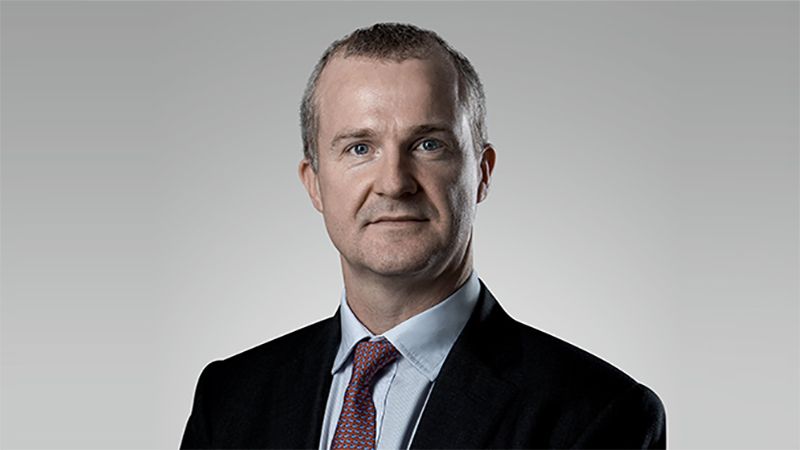Climate change presents both risks and opportunities for bond investors. As the global economy transitions to a low-carbon future, bond investors are increasingly recognising the need to engage with issuers on climate related issues.
The growing importance of climate risk assessment in bond investing is driven by increasing regulatory pressure and disclosure requirements. Investors now need to consider climate-related risks and opportunities as part of their investment strategies. The development of standardised climate metrics for fixed income aims to assess climate-related risks and opportunities within bond portfolios, enabling informed investment decisions.
Investment managers play a dual role: analysing and managing those risks and funding the transition. While engaging with bond issuers on their climate transition path to net zero is a long-term endeavour, it’s worth the effort.
Challenges for fixed income investors
Historically, engaging with companies on climate issues has been seen as largely the role of equity managers. Unlike equity managers, fixed income investors lack voting rights and direct ownership. However, engagement is not limited to equity holders; bond investors also have significant influence, both individually and collectively.
Being selective on which companies to engage with is imperative. Traditionally, climate-focused portfolios avoided high-emitting sectors. But this approach may miss compelling opportunities. For instance, some utilities companies contribute to fossil fuel power generation but are also leaders in renewable energy with plans to phase out fossil fuel driven energy. Avoiding such companies could forego the chance to invest in a company that is taking practical action to adapt their business and drive real world change.
Effective engagement strategies
It is important therefore to not simply exclude the worst emitting companies and sectors but focus on those companies actively improving their transition profiles is key. Real change requires bilateral and collaborative engagement. Actively participating in industry bodies to influence climate action, while resource-intensive, benefits investors.
Recently we have been engaging with a group of companies on net-zero targets and their progress towards decarbonisation. This approach has focused on issuers categorised as ‘Unprepared’ – companies where some issues have been identified but which have evidence of improvement or credible plans to do so – or ‘Laggards’ – companies with poor product exposure, poor sustainability disclosure and/or performance, in high influence sectors.
Engaging with companies on net-zero targets yields valuable insights. For example, our dialogue with Ford led to a better understanding of their climate transition plan. SSE’s collaborative engagement strengthened their net-zero ambitions.
Risk management and security selection
Managing downside risks is crucial for fixed income investors. Geography matters with pan-European companies often performing well, especially in the energy and utility sectors. We must also acknowledge that some sectors are also still strategically challenged, with oil and gas explorers and producers struggling to move beyond the ‘laggards’ category, and the banking sector, which is becoming more homogeneous.
In the area of climate engagement, bond investors wield significant influence. By selectively engaging with companies committed to improving their transition profiles, we can drive real-world change. Collaborative efforts, industry involvement and regional observations all play a crucial role in achieving sustainable investment outcomes.








